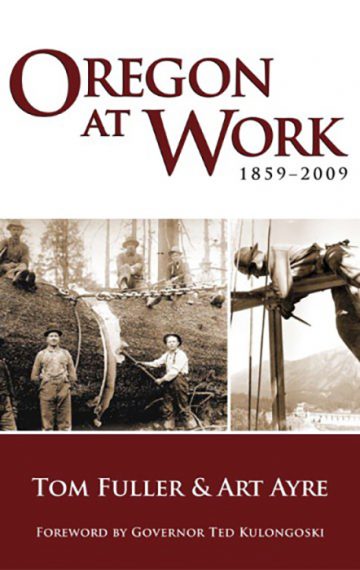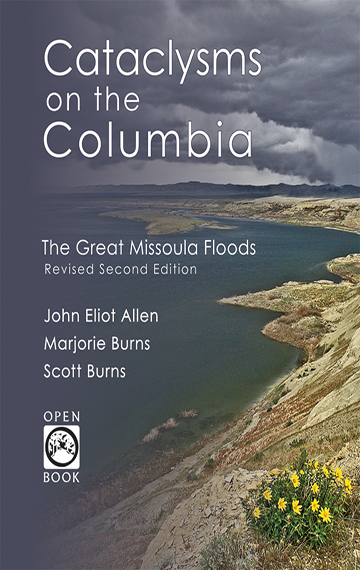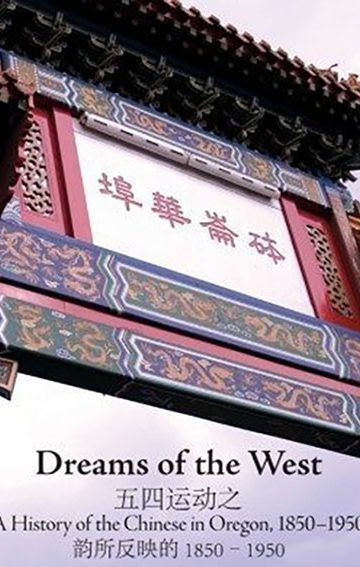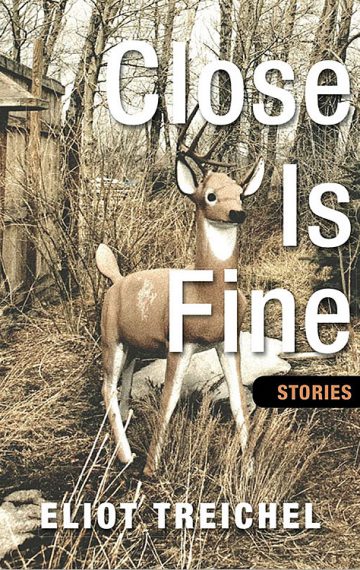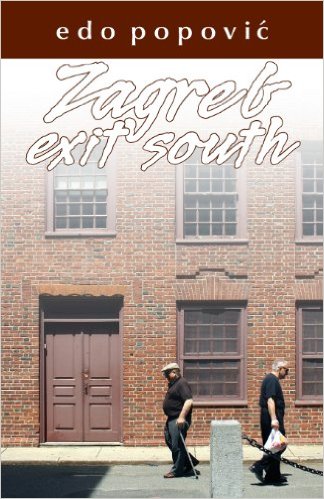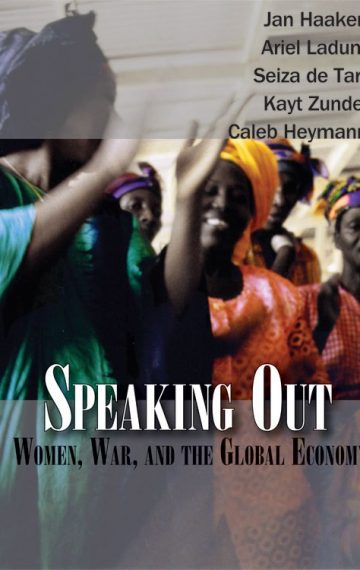If you had searched the want-ads in 1859 Oregon, what kind of jobs would you have found? What sort of hours would you have worked, what work would you have done, and how much money would you have made? Oregon At Work: 1859–2009 looks at three eras in Oregon’s history: the mid-to-late 1800s, the early-to-mid-1900s, and the mid-1900s to the present. Using personal stories, photos, and historical data, the book shows what it was like to work and live in these very different periods of the state’s history.This meticulously researched and beautifully illustrated book brings to life the stories of real Oregonians. A foreword by former Governor Ted Kulongoski is included, as well as over 100 photographs and artifacts. The project has received support and endorsement from the Oregon Employment Department, Sons and Daughters of Oregon Pioneers, Oregon Small Woodlands Association, and others.
Section one: 1859–1909 This section details what was it like to live and work in Oregon’s beginning. The labor stories of teamsters, miners, bootleggers, business owners, farmers, and trappers are told alongside the stories of Native Americans, an ex-slave, and women in the workforce.
Section two: 1909–1959 This section details what was it like to live and work in Oregon as farming waned and other industries gained prominence.
Section three: 1959–2009 This sections details labor from the post-WWII boom up to the current era. From timber workers to U.S. soldiers to telephone operators, the stories of Oregon’s workers continue.

